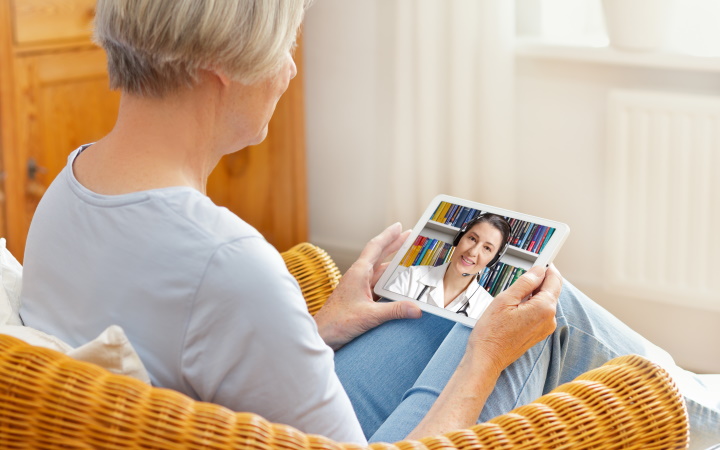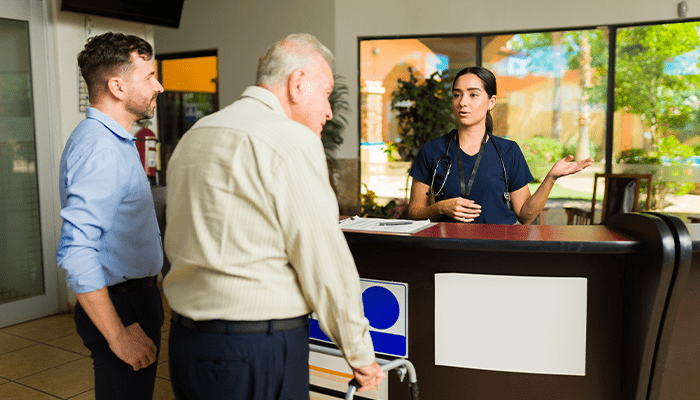
Reducing Emergency Visits with Telehealth Programs
Senior Living communities face many challenges with the continued advancement of regulatory/licensure directives. At the forefront is to minimize emergency department visits and reduce possible avoidable hospitalization of their residents. Many communities have already implemented communication systems such as Interact SBAR, employed nurse practitioners and secured weekly physician visits to help tackle this challenge. Could telehealth be the next step?
The Health Resources and Services Administration (HRSA) of the U.S. Department of Health and Human Services defines telehealth as the use of electronic information and telecommunications technologies to support and promote long-distance clinical health care, patient and professional health-related education, public health and health administration.
Telehealth applications include:
- Live (synchronous) videoconferencing: a two-way audiovisual link between a patient and a care provider
- Store-and-forward (asynchronous) videoconferencing: transmission of a recorded health history to a health practitioner, usually a specialist.
- Remote patient monitoring (RPM): the use of connected electronic tools to record personal health and medical data in one location for review by a provider in another location, usually at a different time.
- Mobile health (mHealth): health care and public health information provided through mobile devices. The information may include general educational information, targeted texts, and notifications about disease outbreaks.
Utilization of telehealth methods offers the opportunity to improve care coordination and achieve positive health outcomes for residents and providers. It would also allow the healthcare practitioner to address changes in resident conditions in a timely manner.
Introduction of a telehealth program requires thorough data collection, assessment and development of detailed, systematic plan. If your organization is considering implementing this program and needing assistance, contact the AssuredPartners Senior Living experts.
Source: West Health
Featured News & Insights

As the healthcare industry continues to evolve, staying informed and prepared has never been more crucial. That’s why we are thrilled to announce our 2025 Webinar Series, a yearlong lineup of...

The Centers for Medicare & Medicaid Services (CMS) has announced significant updates to their Long-Term Care (LTC) surveyor guidance, as detailed in the recent QSO-25-07-NH memorandum. Effective...

For senior living facilities, disasters—whether natural or man-made—can disrupt care and impact vulnerable residents, making it necessary to have detailed and up-to-date emergency plans. Our recent...